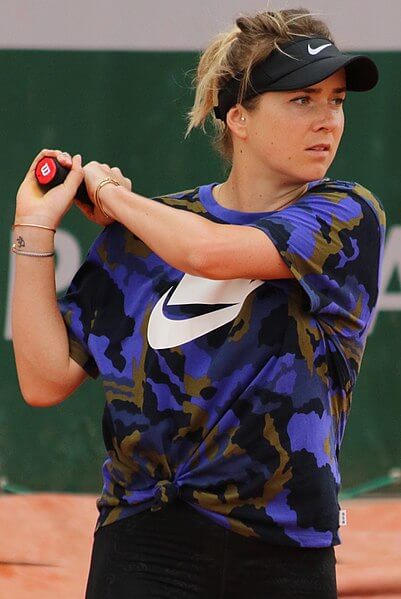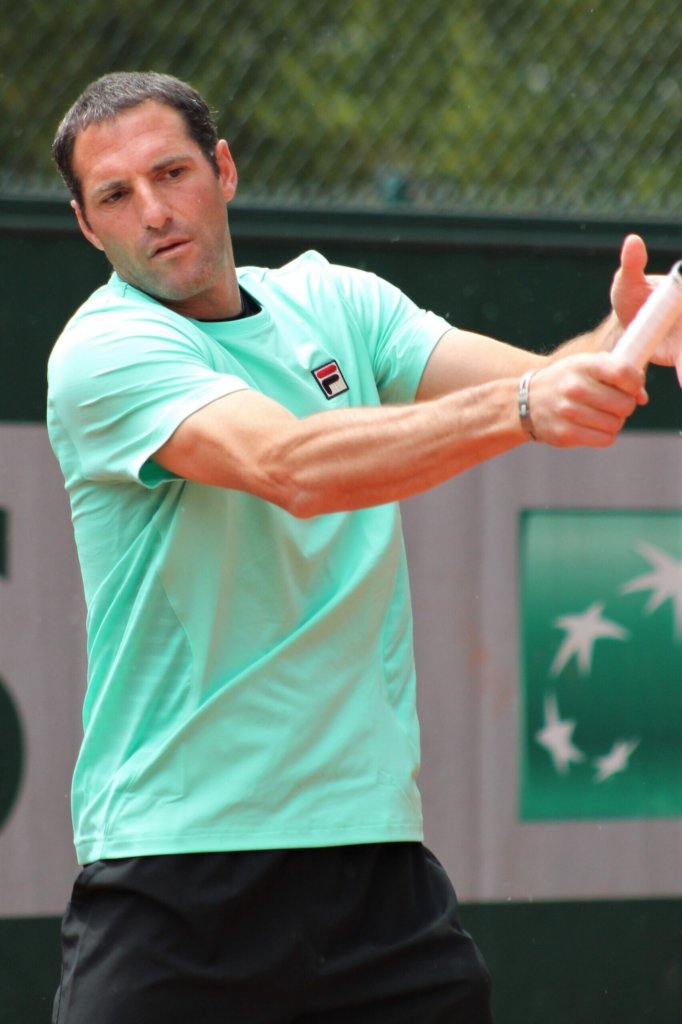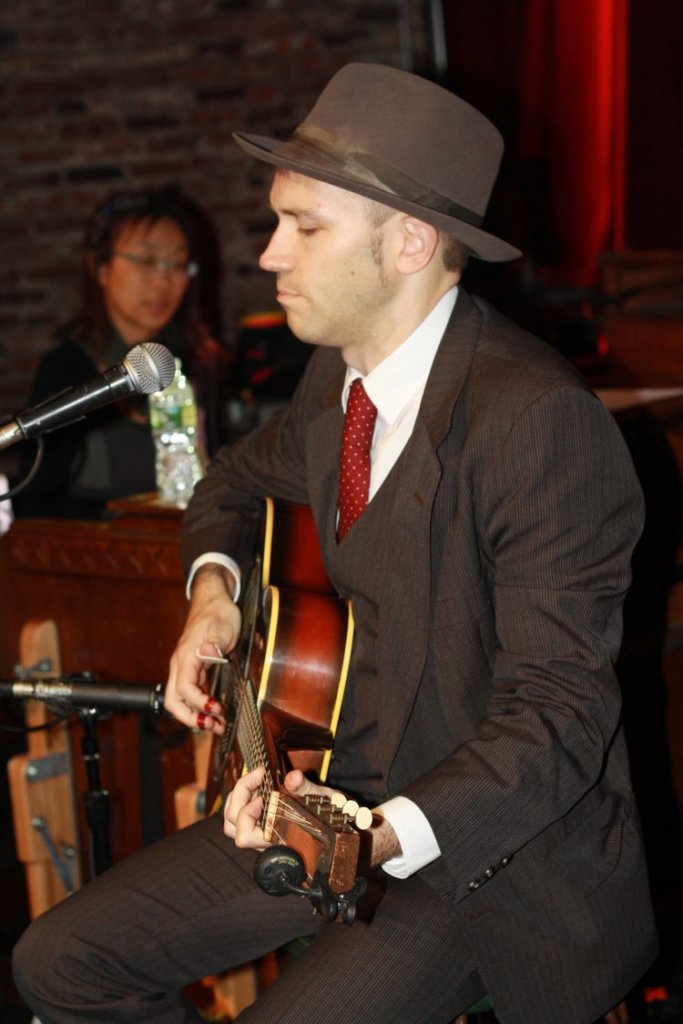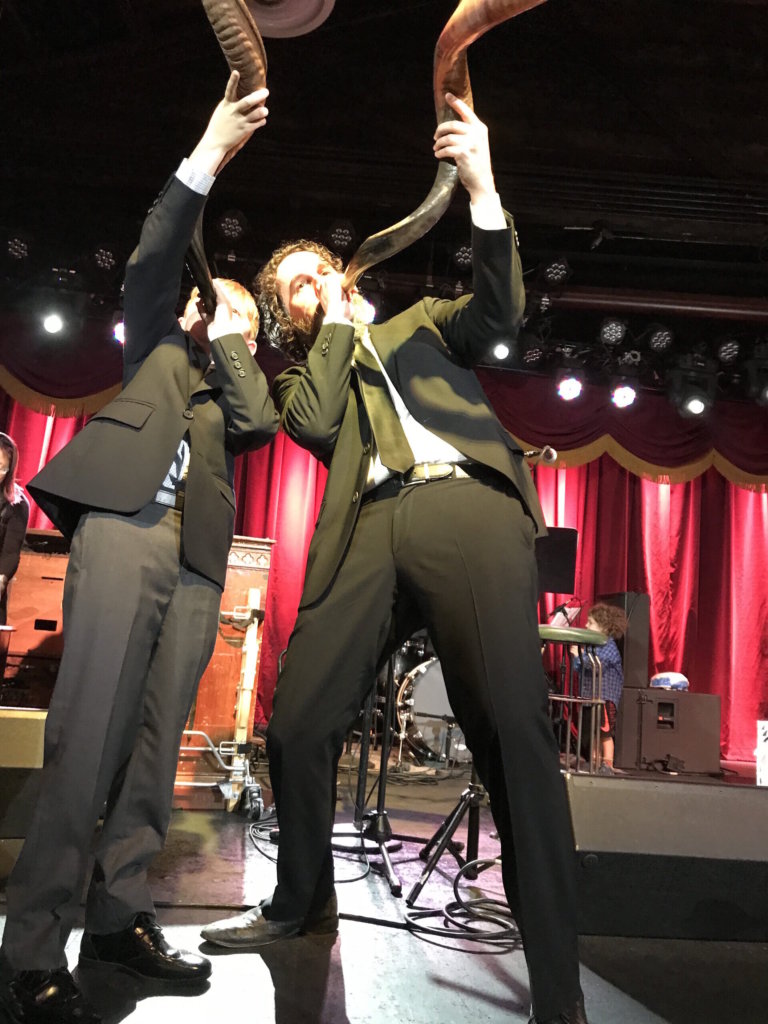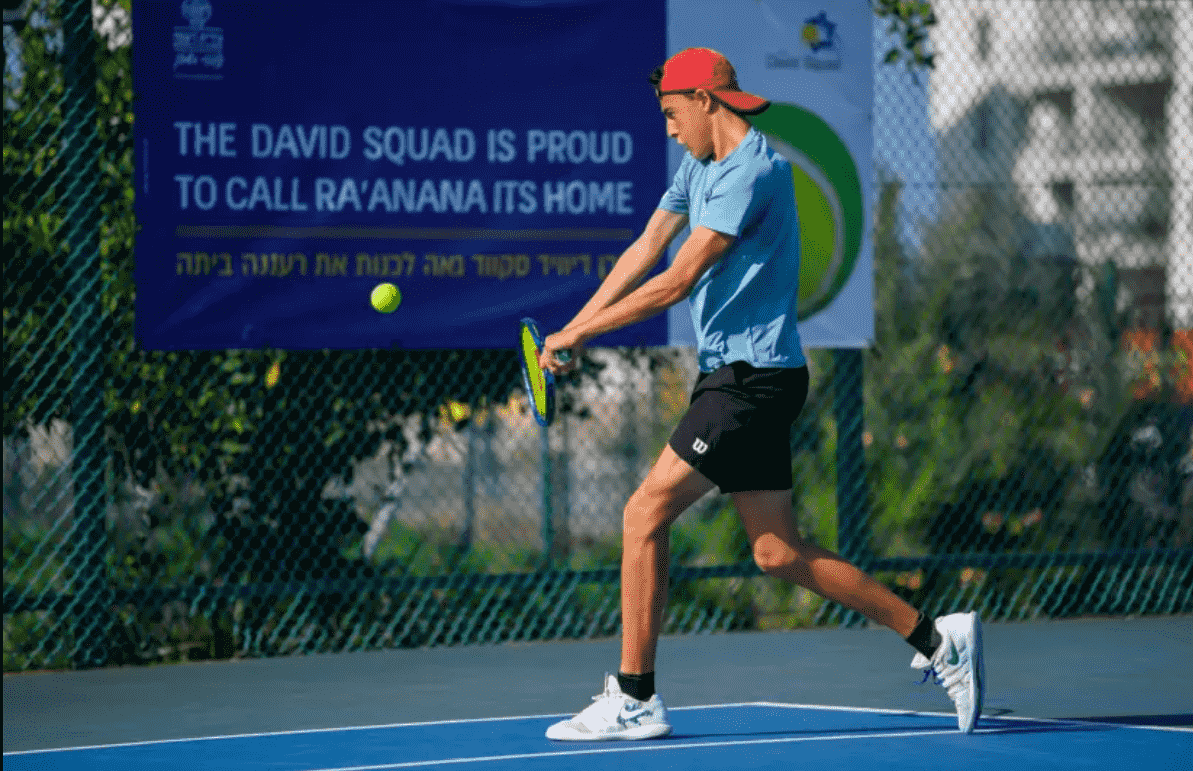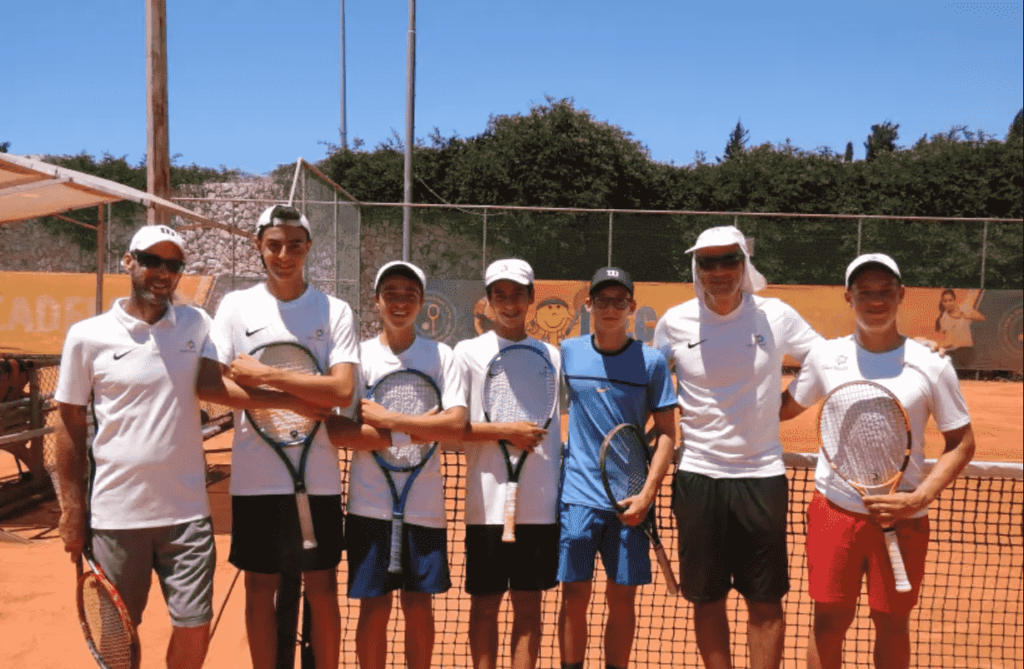Original Article Published on The JNS
Many in the field are concerned that when it comes to synagogue services and other religious requisites, the wide-ranging needs of this population may not be adequately met, particularly as the pandemic continues in many places.
With the High Holidays in full swing, rabbis and synagogue leaders are hard at work addressing the changing and evolving needs triggered by the Delta variant of the coronavirus. Some have erected outdoor tents; others are using rooftops and other off-the-beaten track spaces to allay fears of illness transmission. Those using indoor spaces have updated ventilation systems, and are requiring masking and assuring social distancing by blocking off entire rows seats to help separate worshippers. And many congregations, of course, are again relying on Zoom and other online worship options.
While these modifications and accommodations are useful, advocates for people with disabilities are concerned that the wide-ranging needs of this population, as in other years, may not be adequately met.
Gabrielle Kaplan-Mayer, chief program officer of Jewish Learning Venture, reminds Jewish communal leaders that “as we return for services, whether in person or via Zoom, the essential thing for congregational leaders to remember is that whether there is a pandemic or not, people with disabilities need access to our communities. In many ways, online worship and education created greater inclusion, and so we can use this unique moment to integrate what we learned during the pandemic into the way we will enter the new year.”
The Ruderman Family Foundation, which for many years has spearheaded Jewish communal efforts towards full inclusion of people with disabilities, sent out their annual High Holiday Inclusion Resources email to all synagogues in Greater Boston. The Ruderman Synagogue Inclusion Project (RSIP) and Combined Jewish Philanthropies (CJP) email contain links to original and curated COVID and virtual resources developed by RSIP to help synagogues navigate these challenging times. “This year is a year of both triumph and rebuilding for many of us due to the impact of COVID-19,” notes Sharon Shapiro, trustee of the Ruderman Family Foundation. “Synagogue inclusion is still incredibly important as many of us begin to imagine what a hybrid model for the holidays looks like.”
The RFF also again shared a guide compiled last year for RSIP by Shelly Christensen, executive director of inclusion innovations and founder of Jewish Disabilities Awareness, Acceptance and Inclusion Month (JDAIM). “These resources are still very much relevant for those of us looking forward to returning to celebrating in person and for those of us who depend on virtual resources to participate fully,” notes the Ruderman Family Foundation. They address such topics as Streaming High Holiday Services and Events and Accessible Communications on Streaming Platforms.
In addition, CJP has initiated a grant pool awarding $1,800 in funding to support individual synagogue goals in the areas of security, engagement, and delivering High Holiday and other services using hybrid/multi-access technologies and platforms. The Ruderman mailing included a list of Boston-area companies that offer Zoom captioning services for those providing virtual and hybrid services.
‘Meeting our halachic obligation’
This comes as welcome news to Matan Koch and his team at RespectAbility.
Koch, who serves as vice president for workforce, leadership and faith programs, describes his organization as a “diverse, disability-led nonprofit that works to create systemic change in how society views and values people with disabilities, and that advances policies and practices that empower people with disabilities to have a better future. Our mission is to fight stigmas and advance opportunities so people with disabilities can fully participate in all aspects of community.”
Koch sent an email on Aug. 20 expressing concern that synagogues may not be giving proper attention this High Holiday season to the needs of people with disabilities.
“It is not without some shock that I absorb the results of a survey of close to 300 congregations by our team,” he reported. “So far, only five synagogues have said they are planning to provide captions. This is something that can be done (albeit imperfectly) on Zoom for free since they now have auto-captioning at the press of a button and Hebrew text can be dropped in. And more accurate captions with a live captioner can be done exceptionally well for under $400.”
Additionally, he said, “so far, we have only identified one synagogue that is planning to provide an ASL interpreter. How can it be that we don’t care enough about Jews who are deaf or hard of hearing to enable the captioning feature on Zoom, or to bring in an ASL interpreter when one is requested?”
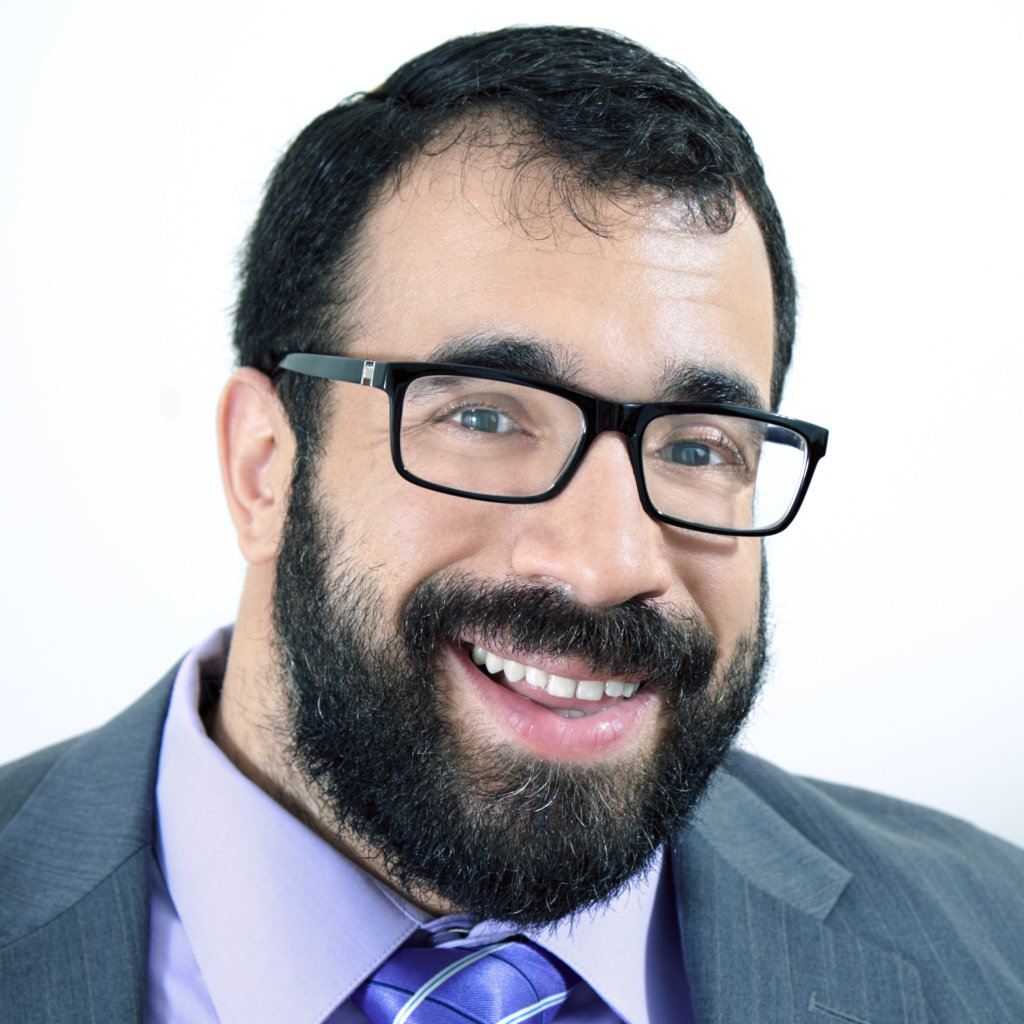
Koch then shared a link to a free revised and updated High Holiday guide, “Opening All Gates: Making High Holiday Celebrations Accessible to All, In Person and Online.” It is written and compiled by Respectablity, and Rabbis Lauren Tuchman and Darby Leigh. Tuchman is blind; Leigh is deaf.
“The metaphor both of our guide’s title—and of the High Holidays themselves—is one of opening gates: gates of repentance, gates of our homes and our hearts, but also the physical and virtual gates of our services themselves,” said Koch. It reminds readers that it’s “true that the ADA exempted religious institutions, but halachah is much more demanding. As Jews, whether as a people or a local Jewish community, we have a collective obligation to make sure that other Jews can pray. In fact, there are many stories of minyans that were brought into people’s homes when the residents were too sick to go to a synagogue.”
This is not “going above and beyond,” he added, but “merely meeting our halachic obligation to ensure that all Jews have access to a Jewish life.”
Koch and RespectAbility sent a follow-up newsletter on Aug. 27.
“Last week, I started this newsletter with a deep plea for your help in increasing the number of accessible services that would be available to people who are deaf and hard of hearing during this High Holiday season. I am profoundly grateful to those who have replied: four congregations on our list are providing ASL, and five are providing captioning. You are truly congregations who have embraced the obligation of welcoming everyone, and on behalf of the Jewish community, with and without disabilities, I thank you.”
Still, he expressed some disappointment. “I’m deeply troubled that, with somewhere between 1,500 and 2,000 congregations or minyans in this country, we have not been able to find even 10 providing this important access.”
The second email also included a link to “Find Accessible Streaming Services”; steps, if any, to access them; and which accommodations they provide.
One thing beneficial midway through the High Holidays is the advent over the years of pedi- and other mobile sukkahs that travel on campus and in certain cities to meet Jewish individuals where they are, along the same lines as rabbis blowing the shofar in public parks for Jewish groups, and basically, in earshot of the general public. The fact that the holiday is one celebrated outside helps a great deal in terms of COVID.
In some cases last year at the height of the pandemic, rabbis went to the homebound themselves, blowing shofar outside windows.
‘We have a mission in this world’
Tuchman, co-author of RespectAbility’s “Opening the Gates,” is thought to be the first blind woman in the world to enter the rabbinate. She is also a teacher and writer who provides consulting to individuals and organizations across the Jewish community on a variety of matters pertinent to disability access and inclusion. Tuchman is sensitive to the fact that congregational rabbis are “exhausted beyond measure” dealing with issues these past 18 months such as “pastoral emergencies.”
She offers this as a way of partially explaining why rabbis may not be as attuned to disabilities inclusion they year as they might have been during non-pandemic times. “When stress goes up, accessibility goes down,” observes Tuchman. She offers this simple truth as a way of explaining why rabbis may not be focusing as much on captioning and other accommodations this holiday season.
While Tuchman continues to reach out to rabbinical colleagues to offer assistance and encouragement in this area, she also wonders if congregants could be trained to help, as advocates and by possibly training as captioners or signers. “It is an opportunity for real out-of-the-box thinking. We have a mission in this world. Let’s do what we can to get this done in any way.”
Yuval Wagner, founder and president of Access Israel, consults with businesses and organizations in Israel and around the world on accessibility. He advises technology designers to assure that accessibility is considered from the outset. As a person who uses a wheelchair, he also focuses on how synagogues can remain sensitive to physical accessibility.
“Synagogues need to know how to design seating and furniture, prayer tables and the ark so that they are adjustable and fully accessible for the use of people with disabilities. Synagogues must offer large-print prayer books and Bibles, and assistive technologies that are helpful for people with hearing disabilities.”
It’s a matter, he conceded, that is a work in progress.


